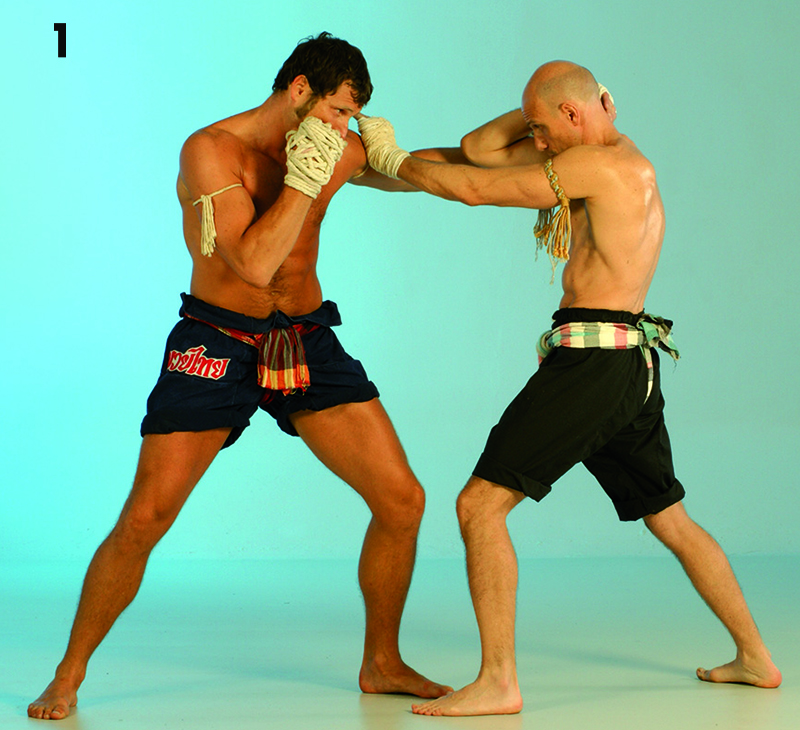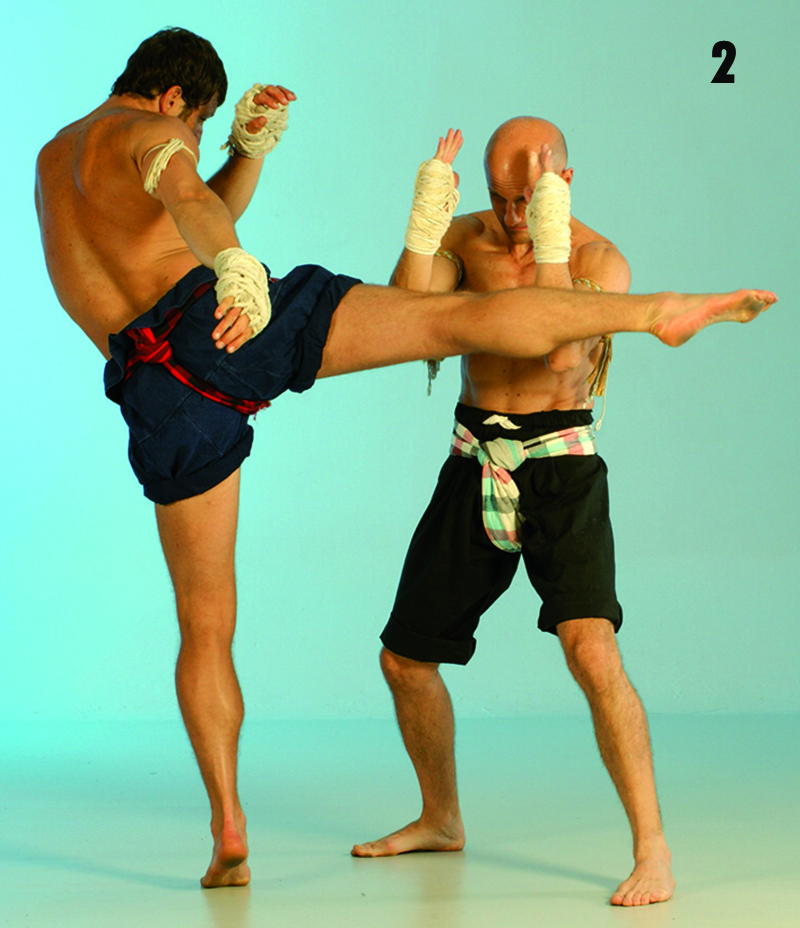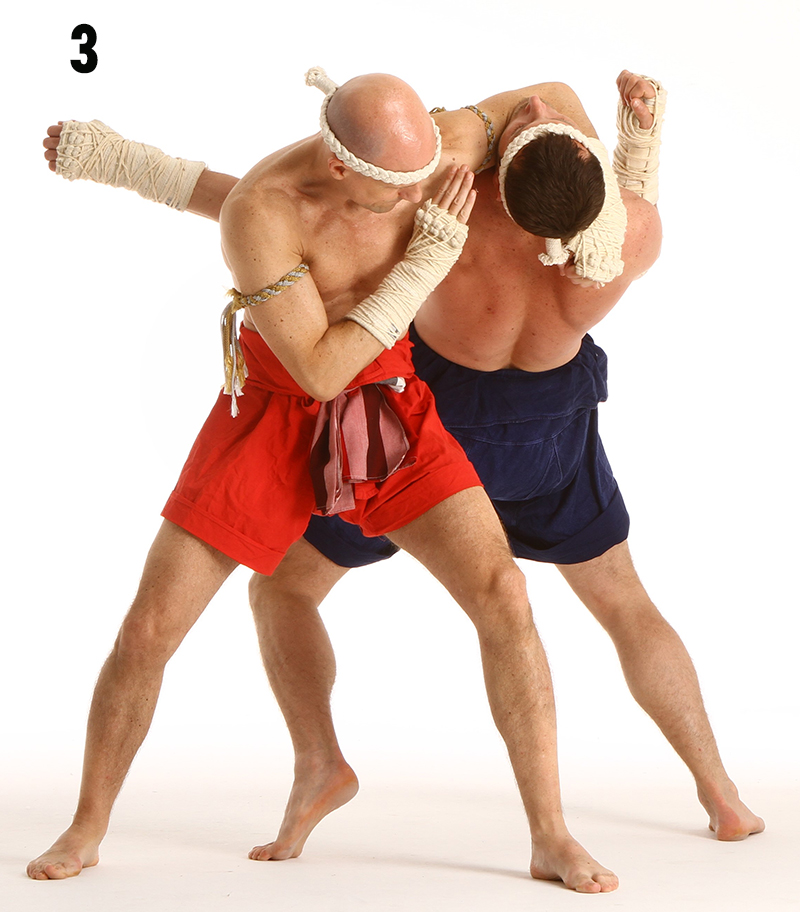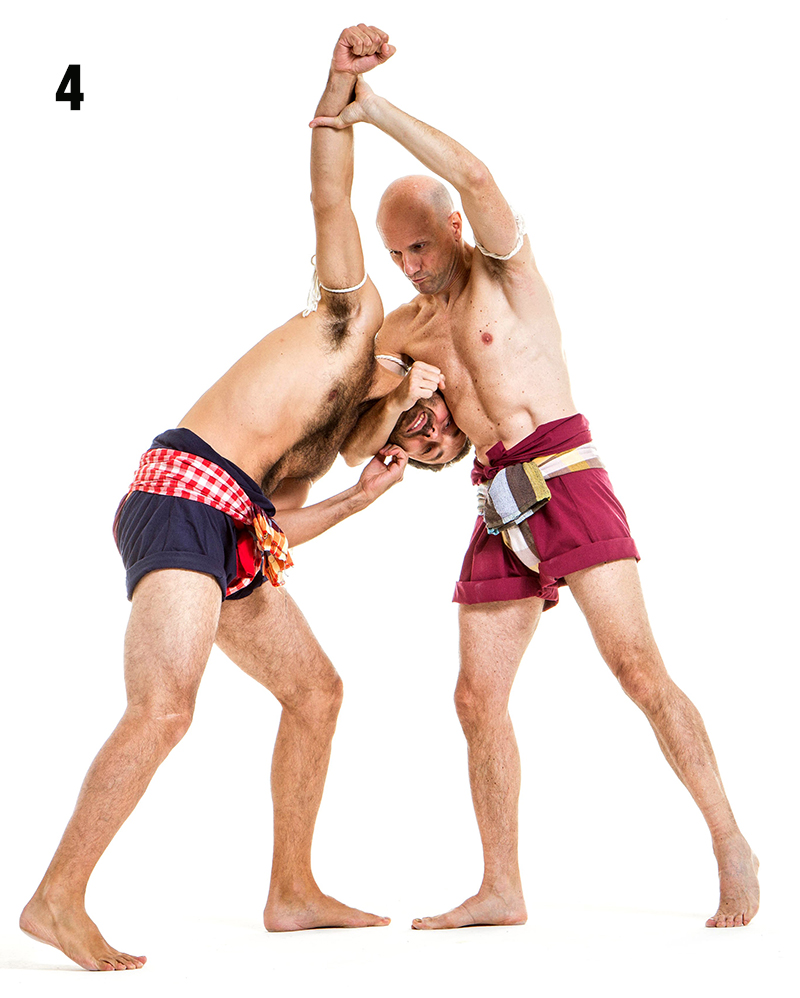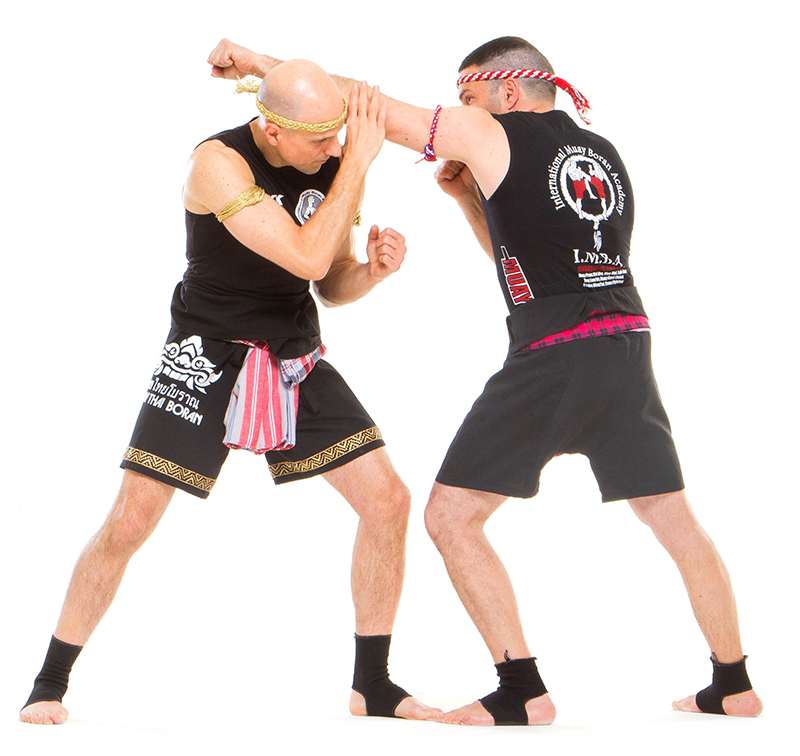
Solving the riddles of Muay Boran
Many times my students ask me why they have to learn so many names in a distant and complex language like Thai. Indeed for those who begin to learn Muay Boran one of the characteristics of this Art which apparently represents an obstacle to overcome is the language barrier. But couldn’t we avoid using traditional names that are so complicated and often incomprehensible to define fighting techniques? We’d better not, actually.
The reason for this is that in all Muay Thai Boran styles traditional names play a fundamental role in a deep understanding of the inner meaning of every martial maneuver of that style. In fact, it is very interesting to observe how the accurate analysis of an ancient fighting style like Muay Thai Boran, as well as providing extremely useful technical tools may offer a glimpse of the traditional customs of Thai people, the creators of this original martial art. The serious study of cultural traditions represents the last frontier in learning ancient martial arts that apparently have no more secrets for modern students, in the Internet era. If you really want to understand the Siamese fighting style, you must try to think like a Thai; learning true Thai traditions is the best way to understand Thai mentality and as a consequence to solve the riddles of Muay.
Ancient Muay Thai Boran techniques draw on mainly from 3 sources, as far as their names are concerned. These sources are as follows.
1. The myths of Ramakien. The Ramakien is the thai version of the original Indian epic Ramayana, written more than 2000 years ago by the poet and scholar Valmiki. The long narrative poem tells the story of divine prince Rama (Phra Ram in the Thai version) who struggles to free his wife Sida who has been abducted by the evil demon king Ravana (Totsakan in Thai). In his fight against the giant demon, Phra Ram is helped by Hanuman, the white monkey, son of the god of winds Phra Pai, that becomes the general of the army of apes that eventually helps him in his victorious war against the evil Totsakan. The fight of good against evil is the universal theme of this piece of art. The Thai version of the Indian epic was commissioned and supervised by the first king of the current Chakri dynasty, Phra Phuttayotfa, known as Rama I. This version was twice the length of the original Ramayana and to a close review, it offers a glimpse on many aspects of Thai culture. History, art, religion, social life, language and even a detailed analysis of the country’s wildlife are admirably presented to all careful readers of this ancient text. The popularity of Ramakien among present day Thai people is still undisputed: this artistic work is uniquely Thai and represents the true national epic of the kingdom of Thailand.
2. The daily actions of the ancient people of Siam and of various populations with which the Thai people came into direct contact (like the Mon or the Tai Yuan)
3. The actions of animals living in that country such as Chang the elephant, Jarake the crocodile, Ling the monkey, Kwang the deer. Also, many a names were inspired by the mythical creatures (Erawan, Hanuman, Naka, Hongsa ) whose undertakings can be found in the classical Hindu and Buddhist poems and legends.
As if this were not enough, however, comparing the different regional styles created in various eras in particular areas of Thailand, discrepancies emerge between the denomination and the applications of several techniques or Mai Muay. To be more clear: the same traditional name may correspond to different combat maneuvers which, at first glance, have no element in common. In some cases under the same name defensive maneuvers, holds and throws, joint locks or strangles are defined.
There is enough to confuse the most enthusiastic researchers. This is the case of a famous Mai Muay Boran named Khun Yak Jab Ling. In the standard application, this technique represents a compendium of various defensive strategies: the defender blocks, deflects, avoids a series of punches, kicks, elbow and knee strikes, always keeping on the defensive (image 1 and 2). On the contrary, in the regional style of central Thailand, the ancient Muay Lopburi the same name corresponds to a hard throw performed by grabbing the attacker’s neck and yanking him backwards (image 3).
However, should the executor of Khun Yak Jab Ling be a Southern Thailand’s Muay Chaiya stylist, he would apply the technique carrying out a deadly front strangle, the so-called guillotine (image 4).
But then, how can the riddle of these differences be solved?
The first step consists in decoding the original name of the technique: Khun (the lord) Yak (of the demons) Jab or Chap (grabs) Ling (the monkey). The situation described is a clear reference to the aforementioned Ramakien epic. The Demon Lord is probably Totsakan while the monkey is one of the members of the army led by the mythical Hanuman. The two opponents obviously fight differently: the smaller and more agile monkey uses its speed so as not to get caught (or hit). The giant demon, stronger but slower, chases the monkey trying to grab it in order to assert its superior strength. At this point, to complete the reconstruction, one must take turns identifying with the monkey or the demon. In the first case (as shown in the standard version of Khun Yak Jub Ling) it is our defensive ability that can make us prevail: avoid, deflect, block attacks until the moment is right to apply a fast counterattack aimed at a vital point. With this strategy the weaker but agile and skillful fighter can defeat the giant who attacks him. In the second case, we are faced with a faster and more elusive opponent; the winning strategy is to pursue the agile enemy until a control and a finishing technique (a joint lock, a choke or a throw) can be applied. In this instance, our superior strenght is the key to victory. The versions of Muay Lopburi and Muay Chaiya “put us in the shoes” of the giant who applies his power to overwhelm his opponent.
Such richness of technical nuances cannot be appreciated without a sound knowledge of the cultural traditions of Thai people. For this reason, in Muay Boran IMBA’s courses a part of the teaching is dedicated to the study of the ancestral origins and meaning of the names of each Mai Muay Boran technique.
Only through this analysis can we hope to solve the riddles of a wonderful and complex art like traditional Muay, managing to fully appreciate it.
For more information:
Muay Thai Boran secret techniques
The Thai Art of Grappling


